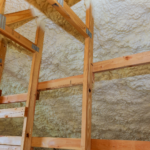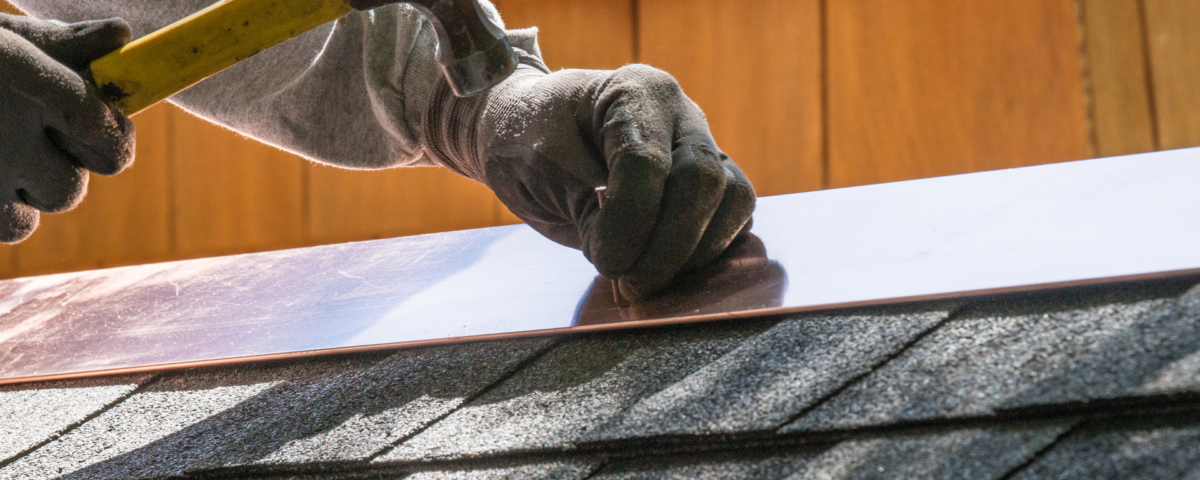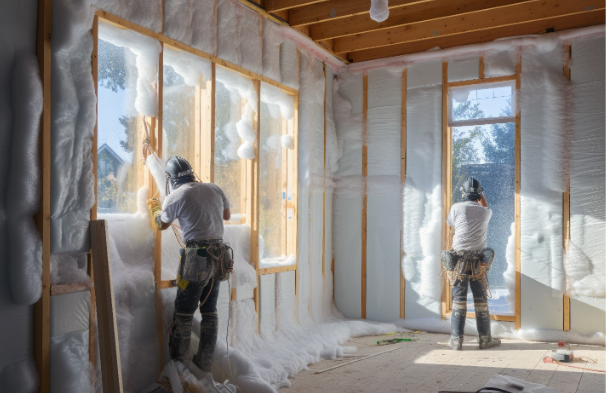
Why a Full Site Survey is Essential Before Roof Installation

Top Benefits of Choosing Polyurethane Foam for Weatherproofing
Roof flashings are an essential component of both commercial and residential roofing systems, acting as the unsung heroes in the fight against water intrusion. As commercial property managers and homeowners prioritize the longevity of their buildings, understanding the role of proper roof flashings cannot be overstated.
This article dives into the importance of roof flashings, their types, installation considerations, and maintenance practices, to give you with the knowledge to prevent costly leaks and damages.
Understanding Roof Flashings
What Are Roof Flashings?
Roof flashings are thin pieces of waterproof material that are installed at critical points of your roof to direct water away from the structure. These materials can be made from various substances such as aluminum, copper, galvanized steel, or PVC. Their primary purpose is to seal the gaps where water might infiltrate, such as around chimneys, vents, skylights, and the junctions between roof surfaces.
Why Are They Important?
Without properly installed and maintained flashings, water can seep into your building, leading to a host of issues like mold, rot, structural damage, and interior water damage. For commercial properties and homes alike, the costs associated with fixing water damage far exceed the investment in high-quality roofing flashings and installation.
Types of Roof Flashings
Chimney Flashings
Chimney flashings prevent water from entering the gap between the chimney and the roof. A combination of step flashing, counter flashing, and sometimes saddle flashing is used to ensure a watertight seal.
Vent Pipe Flashings
Vent pipe flashings are designed to seal around plumbing vents, exhaust flues, and other protrusions through the roof. They typically involve a rubber seal that fits snugly around the pipe, preventing water entrance.
Valley Flashings
Valleys, where two roof planes meet, are particularly susceptible to water collection and require strong, durable flashing. Open, closed, and woven valley flashings are the common types used to protect these critical areas.
Installation Considerations
Proper installation of roof flashings is as critical as the flashing material itself. Poorly installed flashings can lead to premature failure and leaks, regardless of the quality of the materials. Here are key considerations:
- Compatibility: Make sure that the flashing material is compatible with the roof material to prevent corrosion.
- Professional Installation: Always partner with experienced roofing contractors who understand the ins and outs of installing flashings on different types of roofs.
- Sealant Use: High-quality sealants should be used alongside flashings to enhance waterproofing, especially in areas prone to heavy rain or snow.
Maintenance and Inspection
Regular maintenance and inspection of roof flashings can significantly extend their life and the overall integrity of the roof. Here’s what you need to know:
- Regular Inspections: Schedule bi-annual inspections, especially after severe weather conditions, to check for any signs of damage or wear.
- Prompt Repairs: Address any issues immediately to prevent minor problems from escalating into major leaks.
- Clear Debris: Keep the roof free of debris that could trap moisture and degrade the flashings over time.
Partner with Rain Man Roofing for Your Roof Flashing Needs
Ensure your property is protected from the elements with expert roof flashing services from Rain Man Roofing. Contact us today to safeguard your commercial or residential building with the highest quality materials and impeccable craftsmanship.


